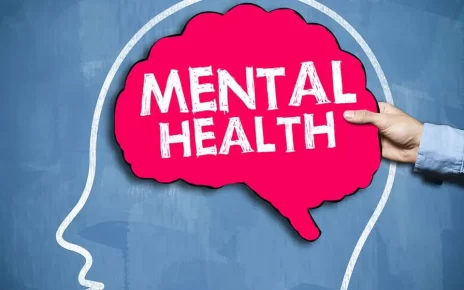Let’s be honest—modern medicine has done wonders. But in 2025, more people are turning back to the earth for healing. Call it nostalgia, call it rebellion, or just good sense—natural remedies are having a moment. And it’s not just about ditching chemicals. It’s about reconnecting with traditions that have worked for centuries.
The Pushback Against Overmedication
Here’s the deal: prescription fatigue is real. Side effects, dependency risks, and skyrocketing costs have left many searching for alternatives. A 2024 Global Wellness Institute report found that 62% of respondents actively sought natural options before reaching for pharmaceuticals. And honestly? It’s hard to blame them.
Take insomnia, for example. Instead of sleeping pills, people are brewing chamomile-lavender tea or trying valerian root tinctures. It’s slower, sure—but the lack of groggy mornings makes it worth it.
Science Catches Up With Tradition
For years, skeptics dismissed herbal medicine as folklore. Now? Research is backing what grandmothers knew all along. Turmeric’s anti-inflammatory properties? Proven. Ginger’s nausea relief? Documented. Even honey—yes, plain old honey—is being studied for wound healing.
In 2025, integrative medicine clinics are popping up everywhere, blending modern diagnostics with ancient remedies. It’s not “either/or” anymore—it’s “why not both?”
Top Natural Remedies Gaining Traction
- Adaptogens (like ashwagandha and rhodiola) for stress resilience
- Elderberry syrup as an immune booster
- Peppermint oil for headaches and digestion
- CBD-infused balms for localized pain relief
- Probiotic-rich ferments (kombucha, kimchi) for gut health
The Sustainability Factor
Climate anxiety is reshaping consumer habits—and healthcare is no exception. Synthetic drug production leaves a hefty carbon footprint. Compare that to growing your own echinacea or supporting small-batch herbalists. Suddenly, that peppermint tea feels like an environmental win, too.
Urban herb gardens are trending. Apartment dwellers are growing windowsill aloe vera for burns or basil for its anti-inflammatory perks. It’s healing that doesn’t cost the planet.
But Wait—Is It Safe?
Natural doesn’t automatically mean harmless. St. John’s Wort can interfere with antidepressants. Grapefruit juice messes with certain medications. That’s why 2025’s smartest herbalists emphasize:
- Consultation: Talk to a naturopath or informed pharmacist
- Dosage awareness: More isn’t always better
- Quality sourcing: Not all supplements are created equal
Spotting Red Flags in Natural Products
| Warning Sign | Why It Matters |
| “Miracle cure” claims | No single herb fixes everything |
| No ingredient list | Hidden fillers or allergens |
| Extreme pricing | Quality doesn’t always scale with cost |
The DIY Movement
YouTube tutorials on making fire cider. Instagram reels about herbal tinctures. People aren’t just buying natural remedies—they’re crafting them. There’s something deeply satisfying about simmering a pot of immune-boosting broth with garlic, thyme, and astragalus root. It’s healthcare you can literally taste.
That said—don’t expect perfection. Your first batch of elderberry syrup might be too thick. The salve might separate. But hey, learning is part of the process.
Final Thoughts: A Return to Roots
Maybe this resurgence isn’t just about plants. It’s about slowing down. Listening to our bodies. Remembering that healing isn’t always instant—and that’s okay. In 2025, the green prescription isn’t a rejection of modern medicine. It’s an invitation to blend the best of both worlds.





